Wig Density: Everything You Need To Know
When it comes to choosing a new wig unit, most of us are trying to find a perfect natural-looking and flattering wig that complements our face and hairline. Expecting hair color, length, and hair texture, wig density also plays a critical role in this process.
For newbies, "wig density" is an unfamiliar phrase, not to mention how to choose a suitable density for a wig.
In this article, we will answer all the questions about "wig density" and give you a complete guide on choosing the perfect fit hair density for your next wig.
What Does Density Mean?
Wig density is the amount of hair added to the cap to create fullness. It helps to determine how thick or thin the hair on the wig cap appears. The specific form of expression is the percentage.
Regardless of the texture and material of the wig, the higher the density percentage, the fuller it will look; the lower the density percentage, the thinner it will look.
Meanwhile, it is also significant to understand the difference between hair density and thickness. Wig density refers to the number of hair strands on the cap, but the thickness is the width of the individual strand. That means you can have low-density hair even if the hair strands are thick, and you may also have thin hair strands with high density. In short, the higher the density of the wig, the fuller the wig will be.

The wig density widely popular on the market is 130%, 150%, and 180%. Of course, there is also higher density like 200%, 220%, and 250% offered by different hair companies to cater to different customers' demands.
Now that we have learned the density means in wigs, there may appear another problem from customers. How can I know if it is a suitable density for me? Before answering that, we should learn how wig density is classified.
How Is Wig Density Classified?
There are various densities you may come across on the market. Do you know what these percentages stand for? Here we will give you a detailed explanation cause understanding the wig density classified can help you make a wiser choice when investing in a new unit.
60%-90% density: Extra light density. The lowest level of wig density, you can hardly find it on the hair market.
100%-110% density: Light density. It is not apparent at all if you choose this density. If you have thin and flat hair, this density can give you some support to make the wig more natural.
120%-130% density: Light to medium density. This density wig does not feel too thick or too thin. It is a regular density wig popular on the hair market due to its subtle volume and natural-looking fullness.
150% density: Medium density. 150% density wig provides a fuller and more voluminous look than 130% density, which is the most popular density in the market. It's natural & plump, perfect for short or medium-length human hair wigs.
180% density: Heavy density. An ideal density for long human hair wigs. Many customers like long curly hair falling in love with this density. It can give you a voluminous and fluffy look without difficulty.
200% -250% density: Extra Heavy density. 250% density is the fullest and most luxurious wigs on the market. Available for people chasing gorgeous hairstyles and attending to some important occasions. Many celebrities and models love this.
Lower Density Wig: (60%-90%): Low-density wigs won't give you an apparent effect, you can not see them almost in the market.
Medium Density Wig:(130%-150%): Generally, the medium density wig in the market refers to 130% and 150% density. They have higher than lower density wigs. Offer some voluminous to make a natural looking, fit all hair textures.
High-Density Wig:(180%-250%): High-density wigs looks fuller and thicker than medium-density wigs. So if you want to do luxury styles of your wig, a high-density wig is great for you.
To help you better distinguish the different densities, we prepare a wig density chart for you to have a better visual feeling.
Wig Density Chart

Does Wig Density Matter?
The answer is Yes! It matters a lot. It directly affects how the wig looks on your head, and how you style them. There are several effects of wig density in aspects of cost, hairstyle, and caring method.
Cost: As we all know, the higher density of your wig, the higher cost of the wig will be. We can find the right balance between budget and quality if we understand the difference in the wig density.
Hairstyle: Different wig densities have different features and result in diverse hairstyles. If you have certain hairstyles desired, getting to know the differences in wig density can ensure you make the right decision when choosing wig density.
For example, if you are ready to attend an influential prom, you may want to do an elegant and bouncy high ponytail hairstyle that can make you more attractive. You may consider a high-density wig to accomplish your charming hairstyle. In a word, you can decide according to your hairstyle features.

Caring Method: There are different methods to care for low-density, medium density, and high-density wigs, you'd better comprehend the wig density to better care for your wig.
What's The Best Density For Wigs?
After getting a general understanding of wig density and the importance of wig density, some customers may have new doubts. For example, which density is the best? How can I choose a perfect density for a natural look?
While we can't determine which density is the best, 130% and 150% are the most popular hair density among black women cause they are not too light nor too heavy at an affordable price. As for how to opt for a perfect density for your wig, several factors need to be considered, like hair length, texture, lace type, your natural hair density, etc.
How To Choose Right Wig Density For Natural Look?
1. Based On The Length
One prominent element you should consider when choosing the wig density is the hair length. For example, a 10 inches 150% density wig does not look like a 24 inches 150% density wig.
You can go through the chart below to get a reference if you have no idea about choosing a suitable wig density. Note: This is a reference, and you can go any option according to your demands.
|
12"-16" |
130%-150% |
|
18"-22" |
150%-180% |
|
24"32" |
180%-220% |
2. Based On Hair Texture
Hair texture is an essential factor you should not ignore when choosing a perfect density for your wig. Different textures make a big difference in how your wig looks, even the same density and length.
For example, a curly wig is fuller than a straight wig. Even if you opt for a low density for a curly human hair wig, it won't affect your final look much, at least visually.

3. Based On Your Natural Hair
If you want to blend a wig well with your natural hair, the best way is to choose a unit with wig density close to your natural hair. It will not look abrupt to your familiar family and friends.
4. Based On Age
In general, as we get older, our hair naturally thins out. We'd better choose a wig density that matches our age, which helps you to get an undetectable wig look and make you look younger.
5. Based On Hairstyle Requirements
Moreover, choosing wig density is supposed to be according to your hairstyle requirements. For example, if you want a straight and sleek look, heavy hair density wigs will be a better option, but if you want to curl your wig, low-density wigs can meet your demand.
6. Based On Your Lifestyle
If you want to align your hairstyle with your lifestyle, consider choosing the density that matches your daily events.
For instance, if you sweat a lot or often engage in intense physical activity, a lower density wig will be easier to pull back in a ponytail for your workouts.
If you always attend some formal occasions wearing a gorgeous evening dress or a ballgown, a higher density wig can make you stand out with a delicate hairstyle.

7. Based On Lace Type
These lace front wigs, full lace wigs, and 360 wigs have different lace types. The wig structure can make a big difference. We should also consider it when choosing the density of the wig.
Full lace wigs have a base that is completely made of lace. Hair strands knotted to the lace holes by hand. Help you achieve a natural and fuller look. The medium density like 130% and 150% can give you a thick and full appearance with a full lace wig.
Lace front wigs are made from half hand and half machine technology. The front part of the lace has the hair knotted by hand. The rest is sewn by machine. The lace part allows for hand-tied hair to the base of the wig. So a 150% or 180% density wig can make you achieve a gorgeous look.
A 360 wig is a kind of wig with a circle lace around the head. It is similar to a full lace wig. The hair is tied on the lace part already, so like full lace wigs, we recommend 130% and 150% density for 360 lace frontal wigs.
Although many factors will affect our decision when choosing the wig density, the most important thing is your preference. If you are happy and feel confident, follow your heart to make the decision.
How To Deal with If You Have A Wig Density That Doesn't Fit You
If you are unhappy with your wig density, you may want to do a change but have no idea how to deal with it. Here we will give you some tricks and tips to help you out.
If your wig density is too thick, you can:
- Thin out your wig with a thinning scissor.
- Pluck your wig to get a more natural hairline.
- Wet your wig with mousse or spray, and cover it with a scarf. Remove it several minutes later. Then your wig looks not as voluminous as before.
If your wig density is thin, you can:
- Add one piece of the hair bundle to your wig. You can do it by yourself or go hairstylist to get help.
- Use a curling iron or wand curler to add curls or waves to increase your hair more voluminous, it will look fuller and more natural.
- Use a hair comb to do a reverse comb at the wig roots to get more volume.
- Apply some dry shampoo at the end of the wig to add volume.
- Hairstyles can play a critical role in adding volume and giving you a thick appearance. We recommend cutting your wig with blunt lines and minimizing layers.
How Do I Take Care Of Each Density Wig?
For Low-Density Wigs: Low-density wigs need treating as gently as possible, and avoid heavy products that weigh your hair down, like heavy oils and conditioners. So opt for light products will be better. When washing the wig, we suggest using a shampoo that can add volume to your wig.
For Medium-Density Wigs: These wigs are easies wigs to take care of since they are not too thin nor not too thick. You can care for them just like your natural hair. Wash your wig regularly with a shampoo and conditioner that are formulated for wigs.
For High-Density Wigs: Please keep in mind washing these wigs thoroughly. It can be difficult work since the amount of the wig. In addition, you can use a hot comb to keep your hair flat and under control. Some hair products can help you trim flyaways.
FAQ
Is 150% or 180% density wig better?
It is hard to define which is better. Both of them are trending wigs and are widely popular among women. We can make a simple comparison between them to help you make a wiser decision.
Appearance: We can see the difference in appearance. 180% density wig is thicker and gives you a more plump feeling. 150% density wig tends to provide you with a more natural look.
Weight: High-density wig means more hair on the wig. We can have obvious different feelings when installing the wig on the head. A 180% density wig is heavier than a 150% density wig.
Price: 180% density wig is more costly than 150% density as it has more hair sewed on the wig to give the possibility to do a delicate hairstyle.
How many bundles are equivalent to the density wigs?
130% density wig: 2.5-3 bundles
150% density wig: 3-3.5 bundles
180% density wig:3.5-4 bundles
Is 150 density good for a wig?
After browsing the whole blog, it is easy to answer this question. The answer is "Yes." 150% density is suitable for all wig types because it mimics natural hair density, giving you a perfectly natural look. But if you prefer a thicker and more gorgeous look, you can also go for a 180% or 220% density.
What's 150 density 13x4 wig?
A 13x4 wig is a kind of lace front wig, made of half hand-tied lace and half machine-made wig cap. The lace size of the 13x4 lace front wig is 13 inches in length by 4 inches in width. 150 density 13x4 wig means a 13x4 lace front wig in 150% density, which is the most popular wig for a long time.
Conclusion
In short, wig density is an unignorable factor when you purchase a new wig. It helps a lot to confirm if this will fit you. A perfect wig density can upgrade your whole look and enhance your beauty.
If you have more knowledge want to know about human hair wigs, or if you want to share experiences about choosing wig density, welcome to leave your comment below to communicate!





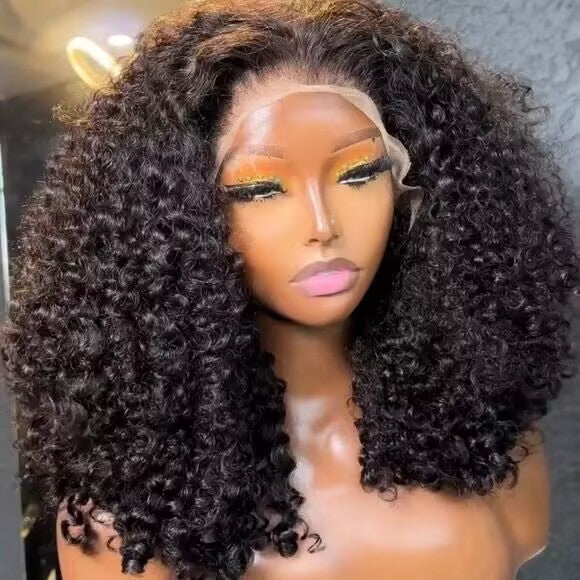

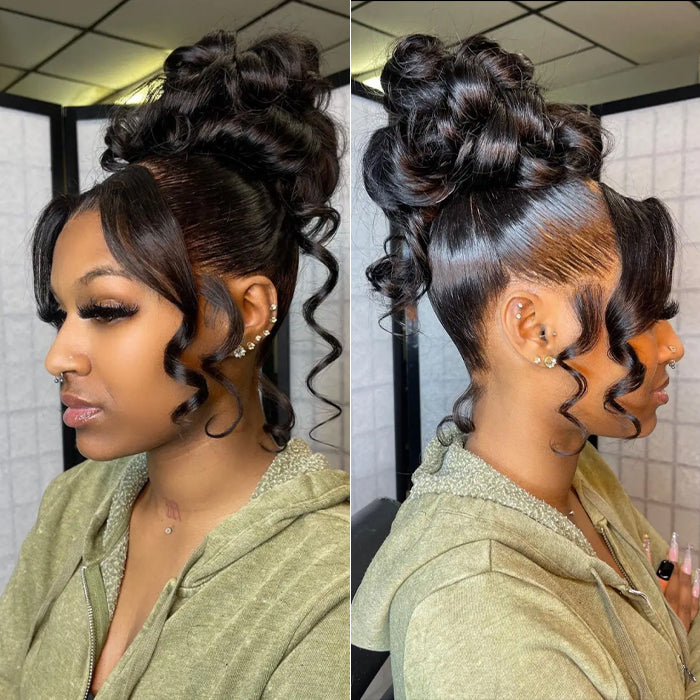

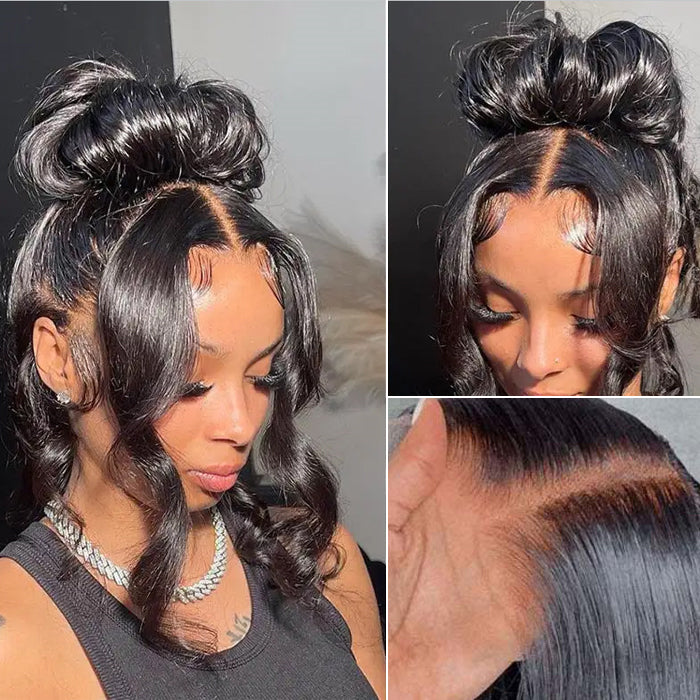
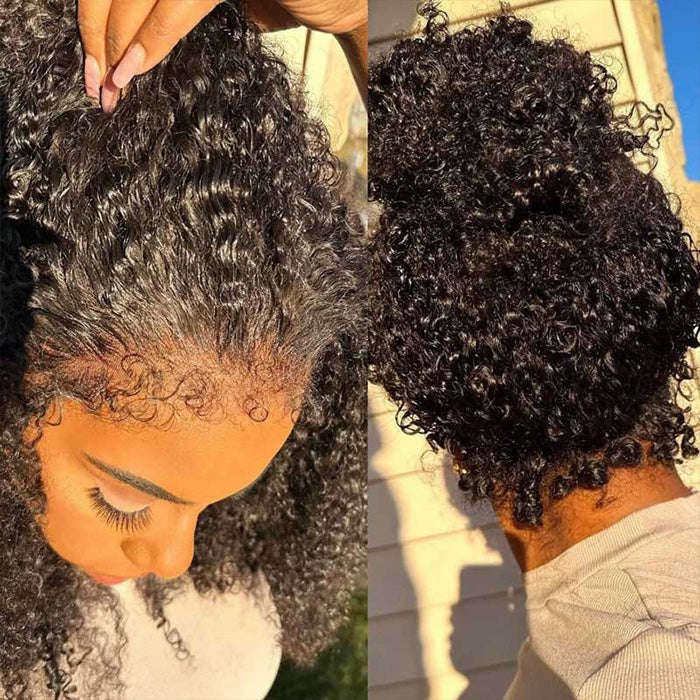
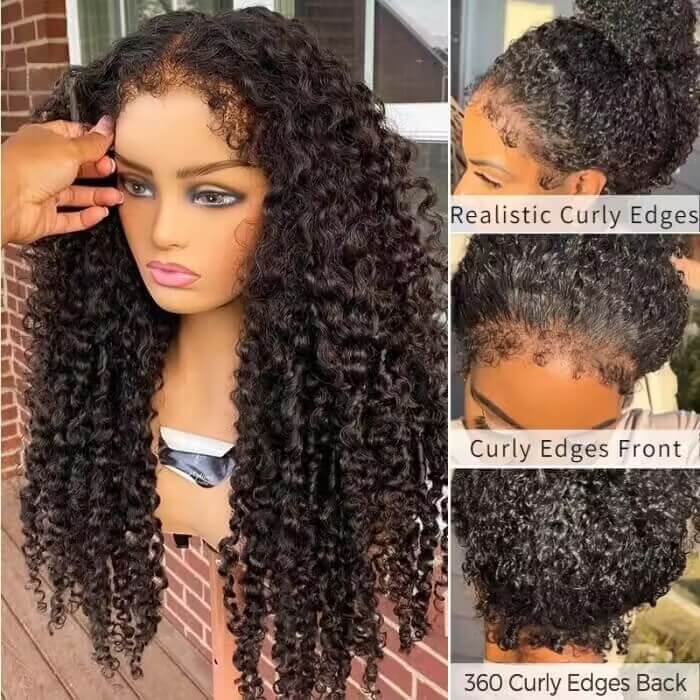
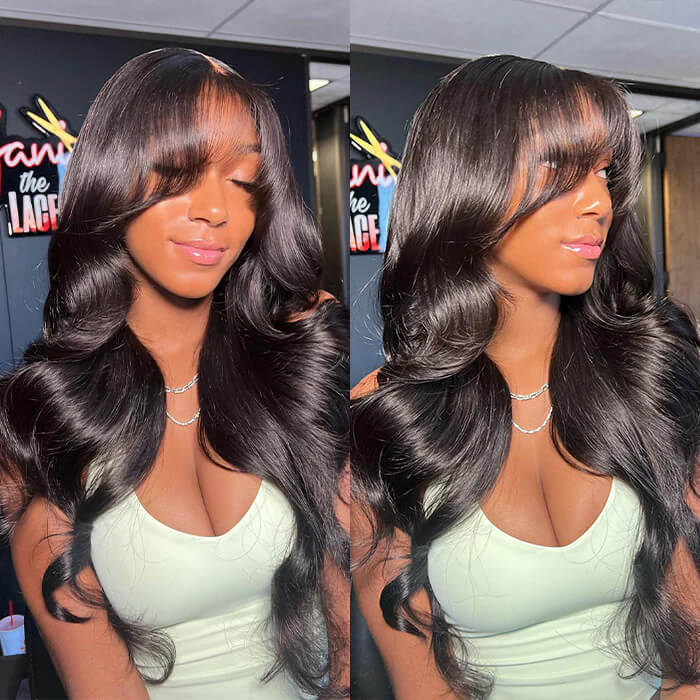


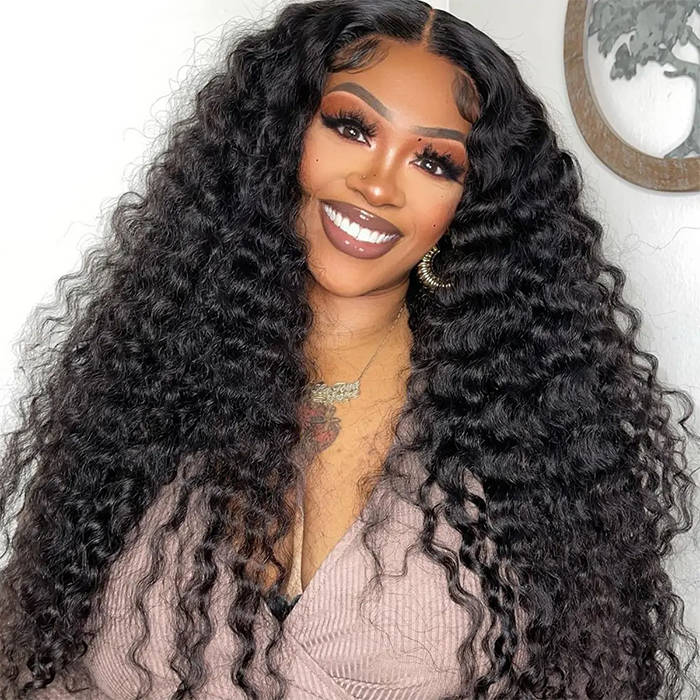
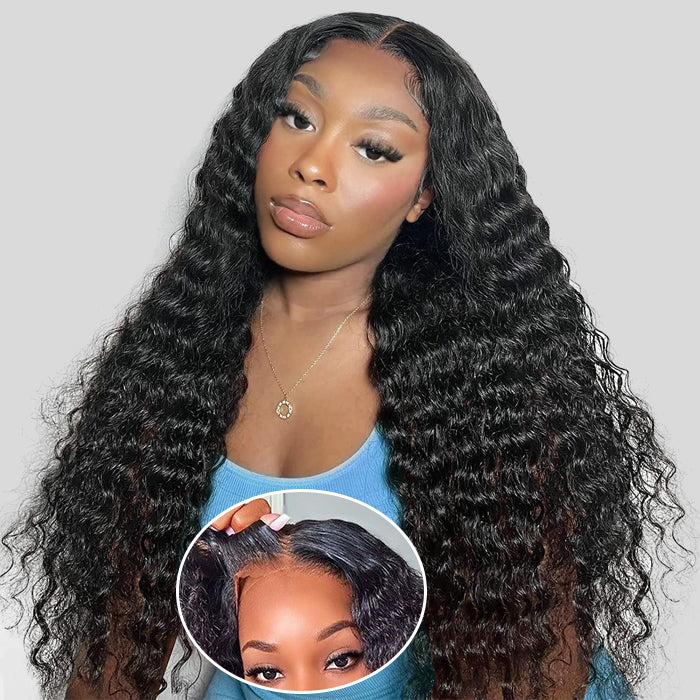
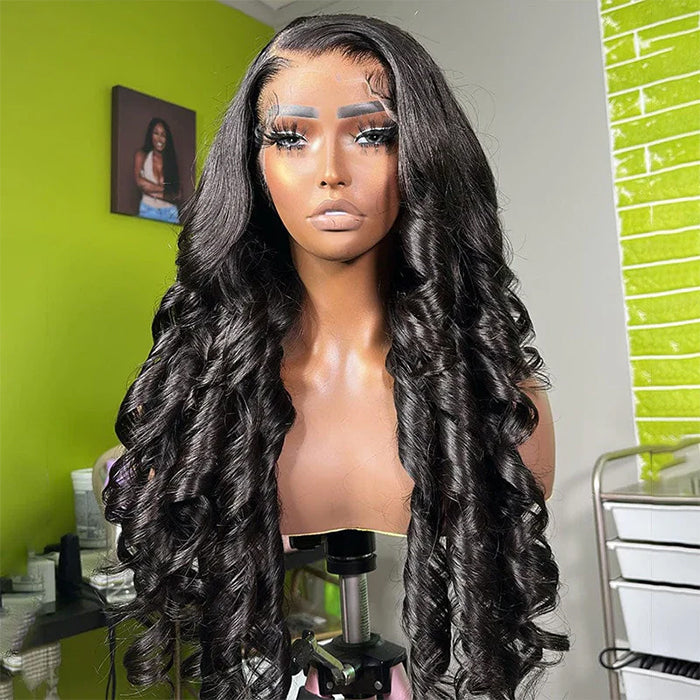

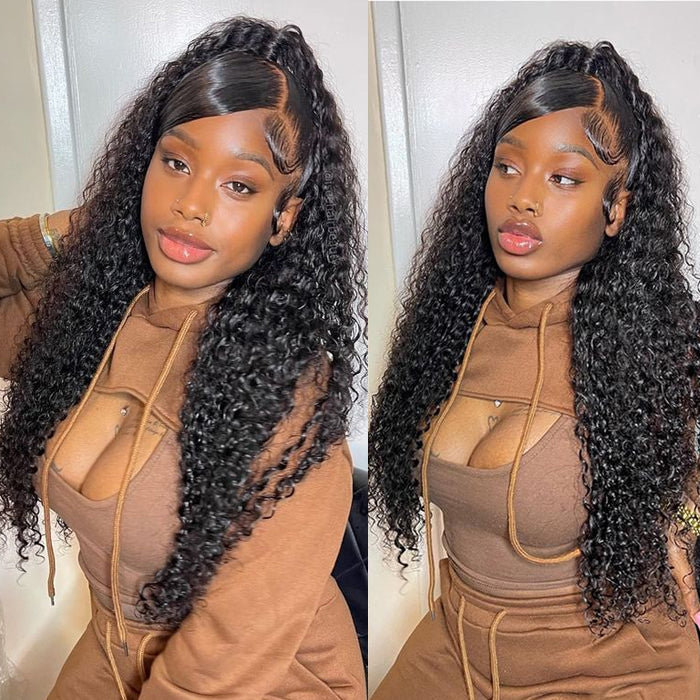

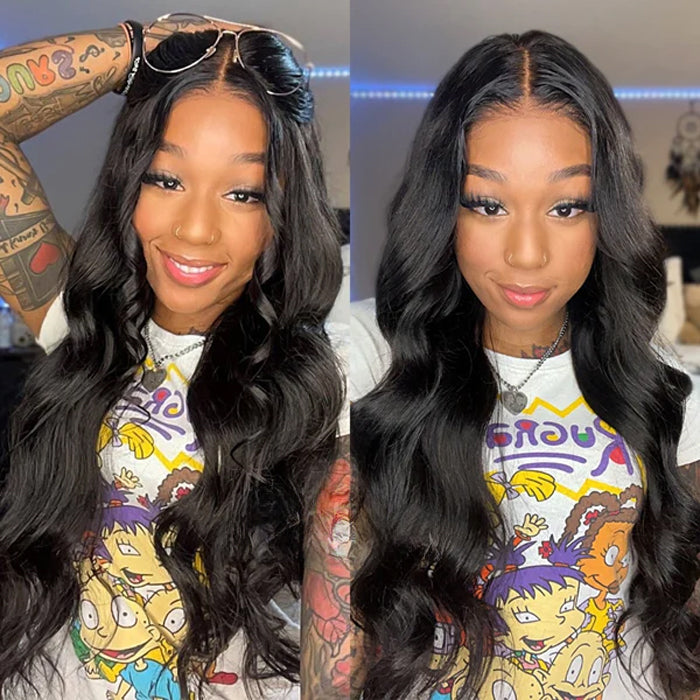



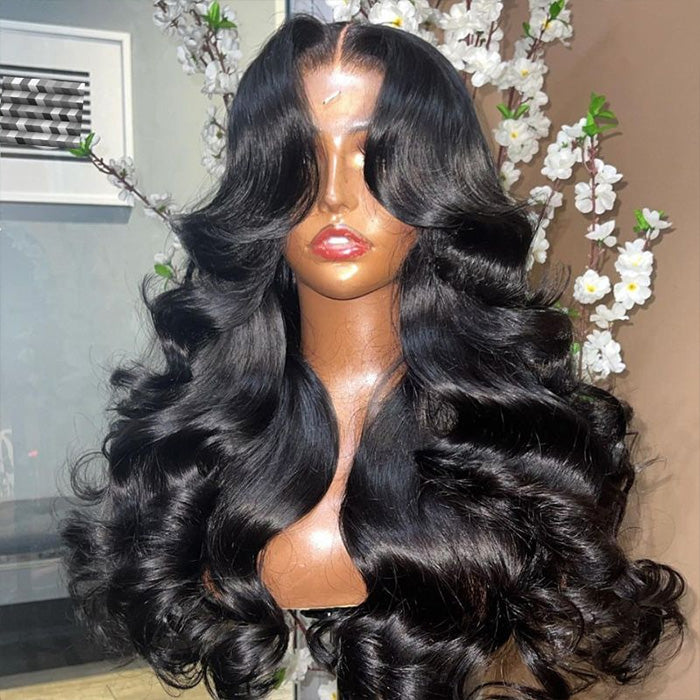
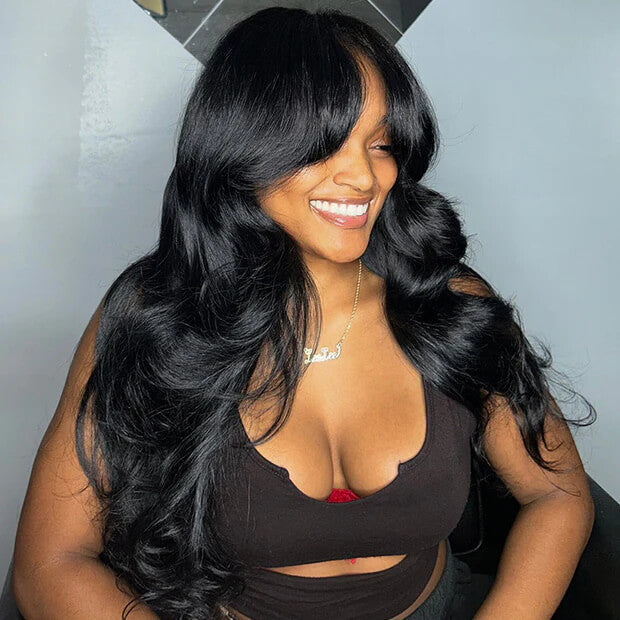
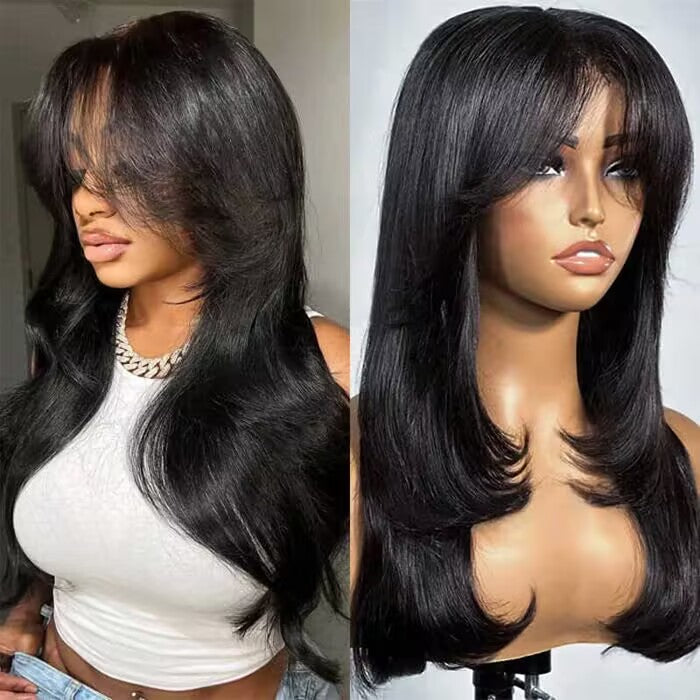
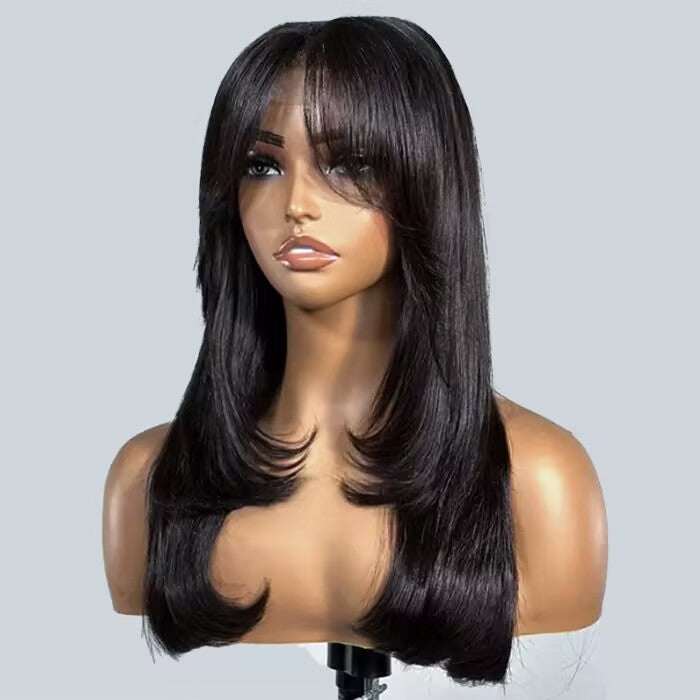
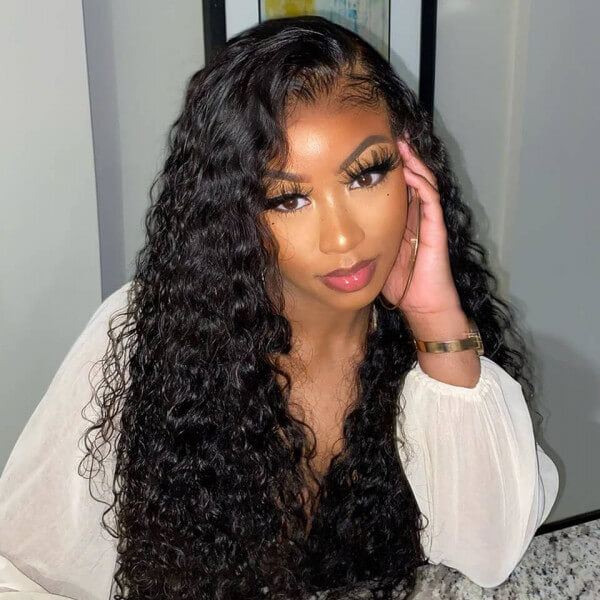
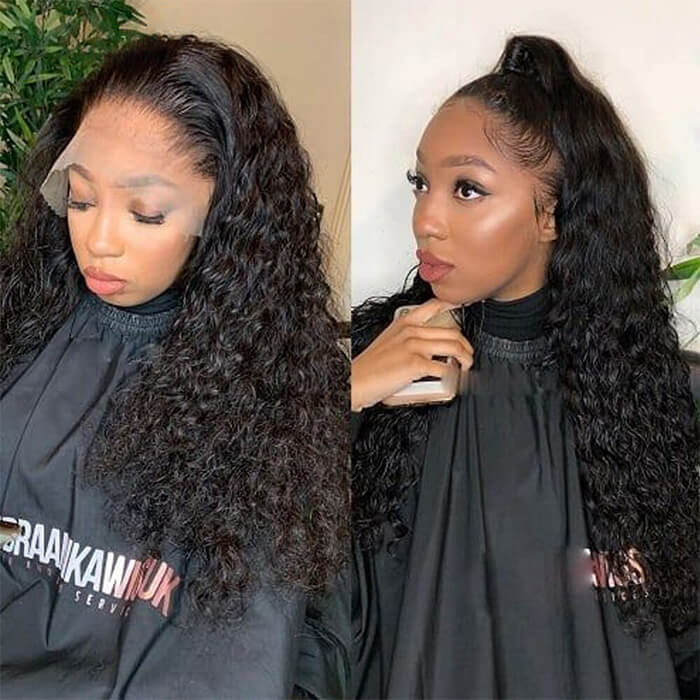
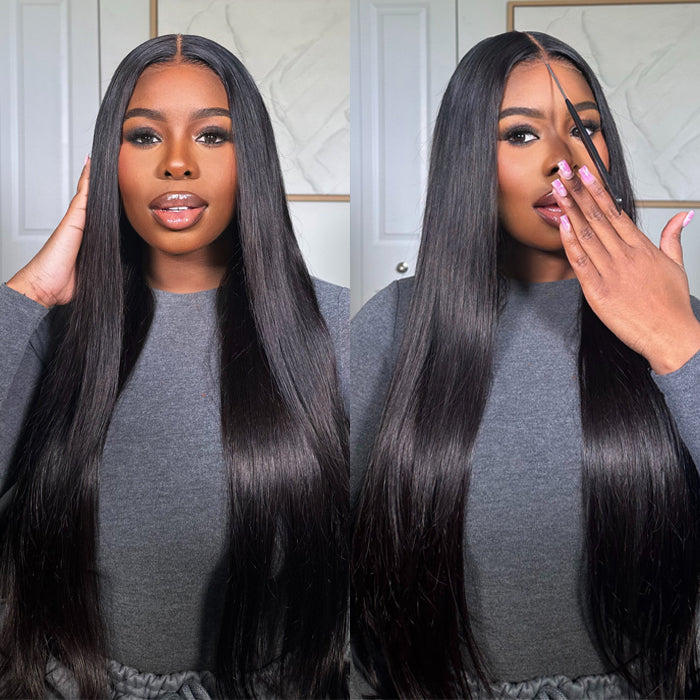
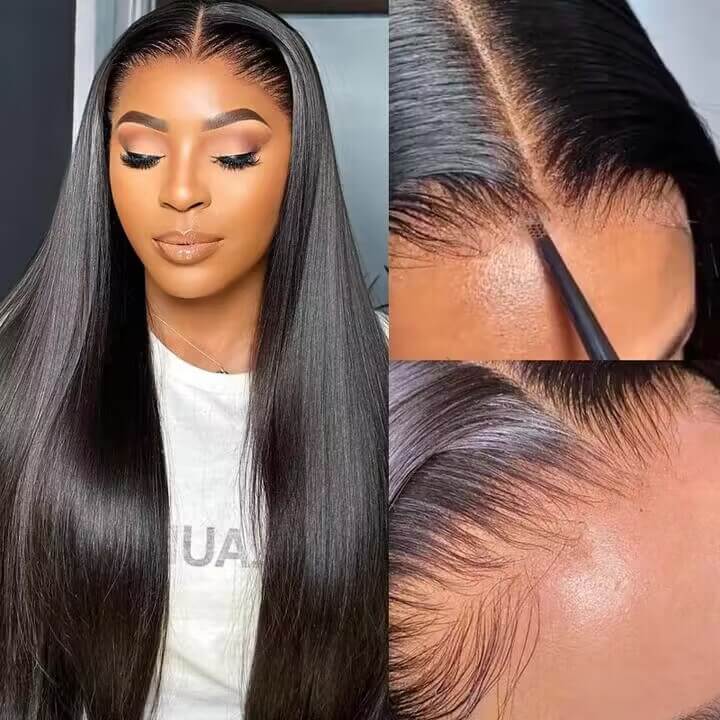
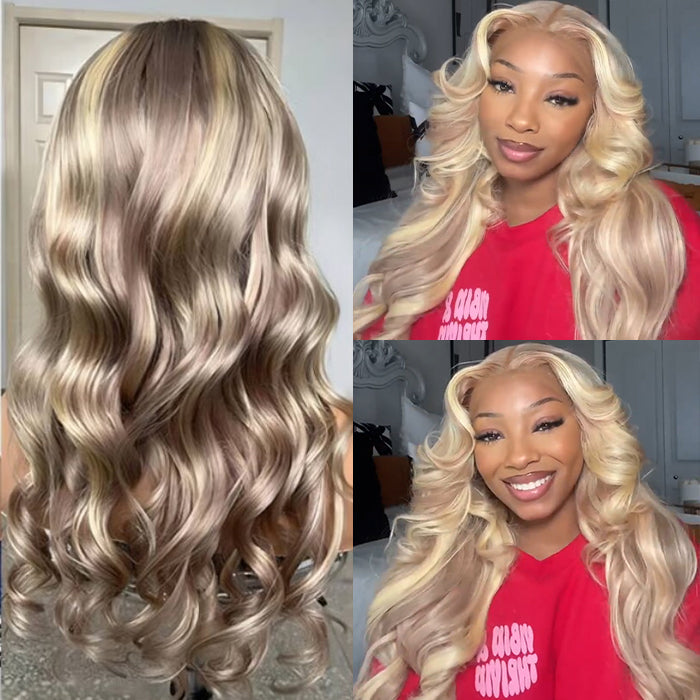
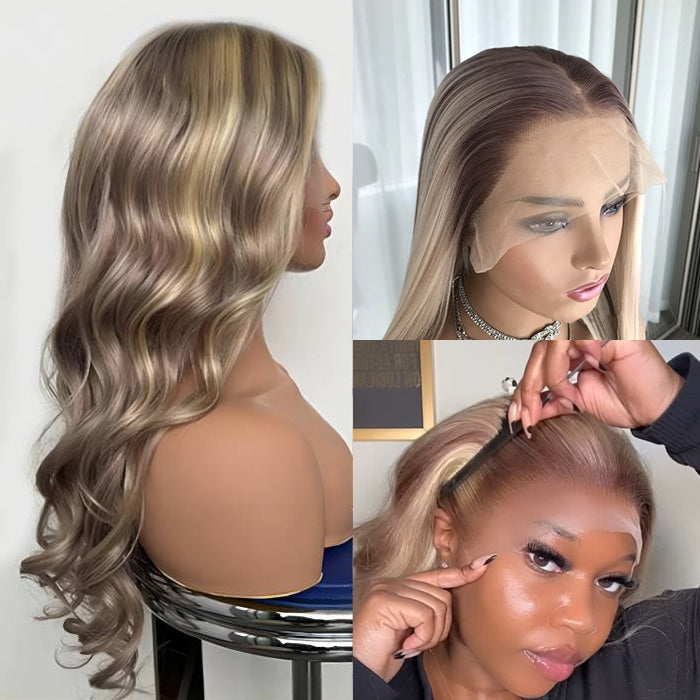
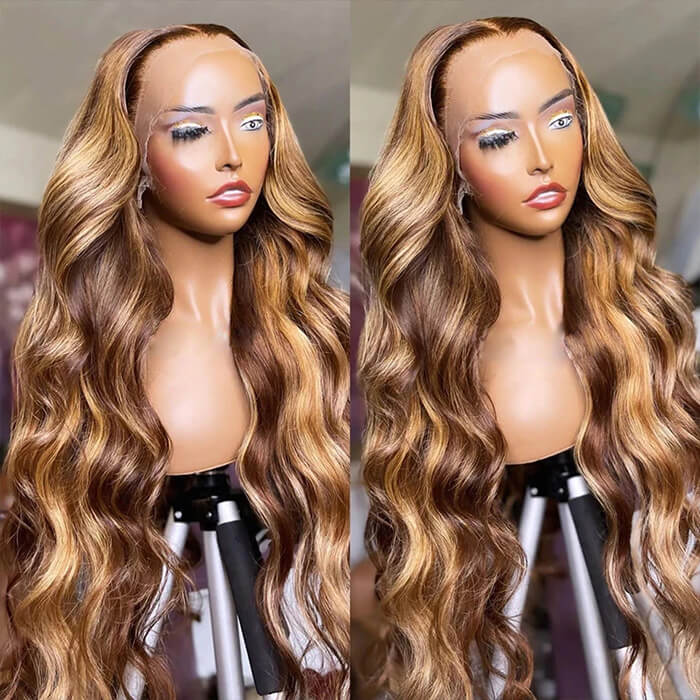
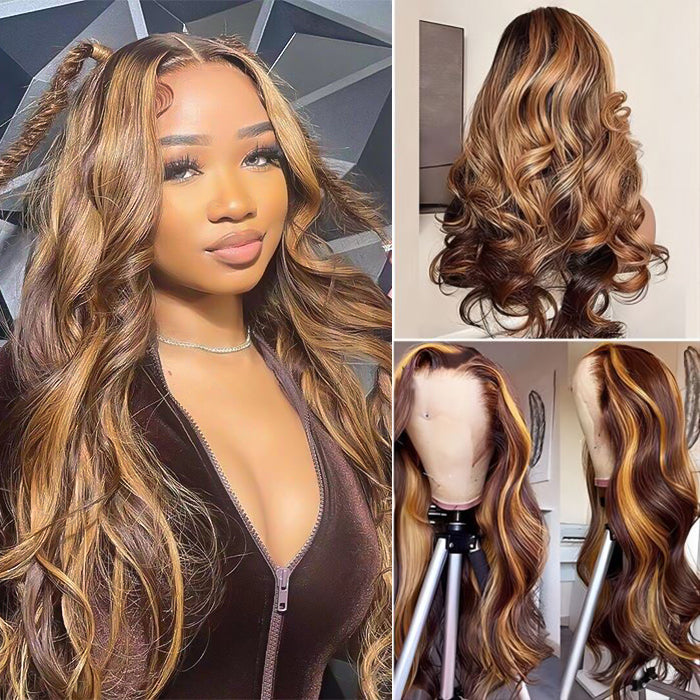
Leave a comment